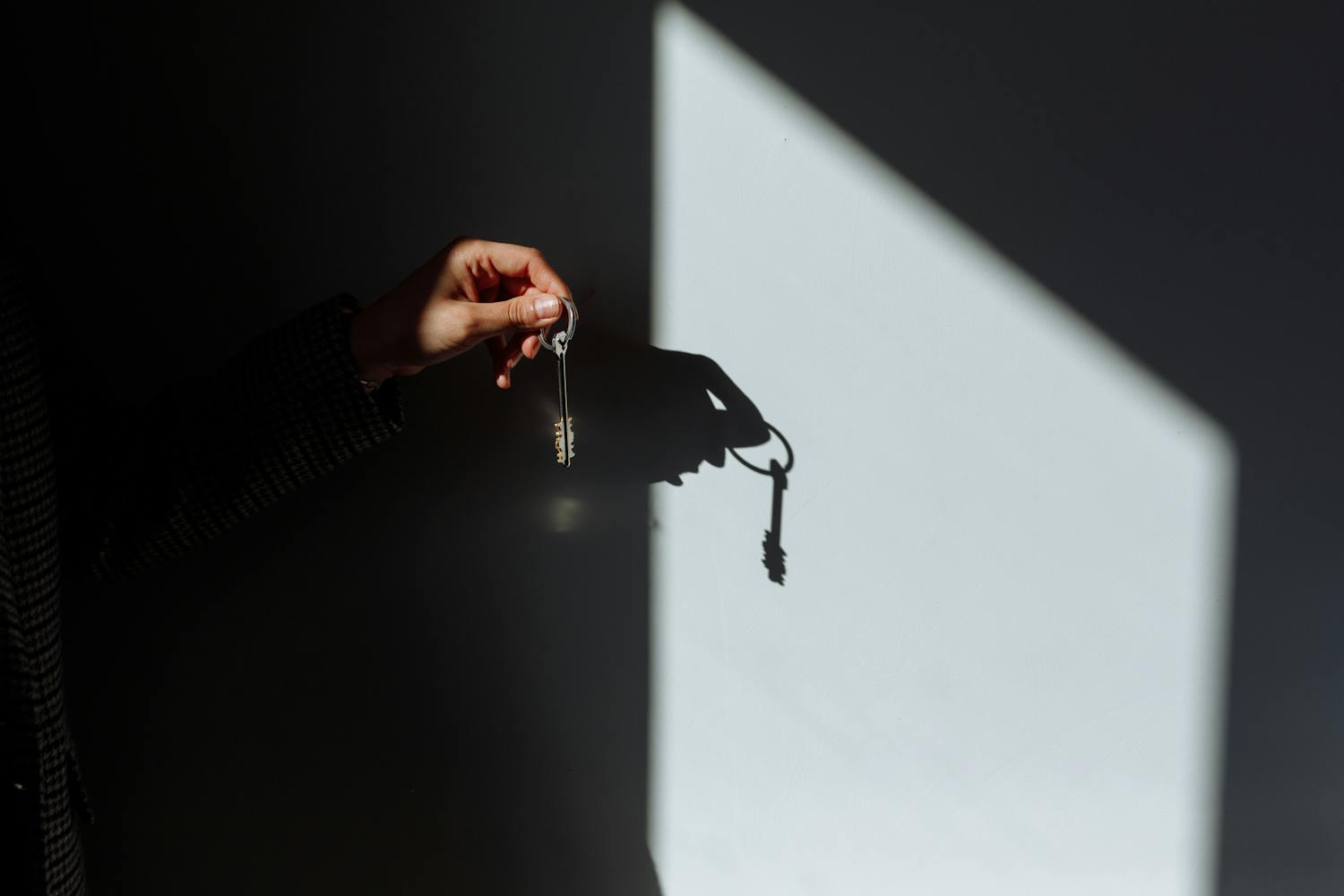Illegal subletting is a growing problem for landlords and property managers across the UK. It occurs when a tenant rents out a property or a room without the landlord’s knowledge or consent. This can lead to issues such as rent arrears, overcrowding, nuisance complaints and potential breaches of housing regulations. If left unchecked, it may also open the door to fraud and even criminal activity.
Understanding how to prove illegal subletting is essential if you suspect a tenant is breaking the terms of their tenancy agreement. In this guide, we explore what constitutes unlawful subletting, how to spot the signs and what forms of evidence are most useful when building a case.
What is classed as illegal subletting?
Subletting refers to the act of a tenant renting out all or part of a rented property to another person. This is not always unlawful, but it becomes illegal when it happens without the express permission of the landlord or letting agent.
In most cases, tenancy agreements will include clauses that either prohibit subletting entirely or require the tenant to obtain written consent before doing so. If a tenant ignores these terms and rents out the property to another person, they are in breach of contract. In social housing, unauthorised subletting may also amount to tenancy fraud, which is a criminal offence.
Examples include tenants who move out and allow someone else to live in the property full time, tenants who advertise rooms online for short-term lets or those who charge rent to others without the landlord’s approval.
Signs that a property may be sublet unlawfully
Landlords may become suspicious of illegal subletting for a variety of reasons. Perhaps the original tenant is rarely seen at the address or neighbours report unfamiliar faces regularly entering and leaving. Sometimes mail is delivered to different names or rent payments come from accounts not linked to the named tenant.
Other red flags include increased wear and tear, unexplained changes to locks or furniture and signs of overcrowding. It is not uncommon for unauthorised occupants to share one room or for tenants to add bunkbeds or extra mattresses without informing the landlord.
While these signs can be suggestive, they are not enough on their own to confirm illegal subletting. Solid, lawful evidence is key if legal action is to be pursued.
Gathering evidence of unlawful subletting
If you suspect illegal subletting, the next step is to collect clear, reliable evidence. Start by reviewing the tenancy agreement to confirm the subletting restrictions. Most agreements will include clauses that prohibit subletting or require written permission before it takes place. Having these terms in writing provides a solid foundation for any claim.
Related: I Don’t Have a Tenancy Agreement: What are My Rights?
Next, carry out a formal inspection of the property. As a landlord, you are entitled to enter the premises for inspection purposes with at least 24 hours’ written notice. During the visit, look for signs of multiple occupants or changes that suggest others are living there. Take note of any suspicious indicators, but be careful not to breach the tenants’ right to privacy or act outside of your legal powers.
It may also be helpful to speak with neighbours. They can often provide insight into who is living at the property, how frequently people come and go and whether the original tenant is present. Utility records and council tax accounts can sometimes be used to identify the people living at an address, though access to this information is limited and often requires legal support.
In more serious or complex cases, professional investigation may be required. Private investigators or housing fraud teams are sometimes brought in by social landlords or councils to conduct surveillance or gather photographic proof. This route is more common in social housing cases where tenancy fraud is suspected.
Legal action and potential outcomes
If you gather sufficient evidence and confirm that illegal subletting has occurred, you may wish to take legal action. The appropriate course depends on the type of tenancy and the terms that have been breached.
In most cases, landlords can begin possession proceedings on the grounds of breach of contract. You will need to serve the correct notice, such as a Section 8 notice for assured shorthold tenancies. It’s crucial to follow the right legal steps, as failing to do so can result in delays or complications during the eviction process.
In cases involving social housing, the local authority may pursue prosecution for tenancy fraud. If found guilty, the tenant could face a fine, criminal conviction or even imprisonment. Meanwhile, the landlord can reclaim possession of the property and may seek repayment of any profit made from the unauthorised sublet.
Private landlords are generally not entitled to claim back any profits made through subletting unless explicitly stated in the contract. However, recovering the property and stopping the unauthorised arrangement are often the main priorities.
Preventing subletting issues in future
While not every case of subletting is malicious, unauthorised arrangements can lead to legal and financial risks. Prevention starts with a well-drafted tenancy agreement that includes clear rules about subletting and occupancy. Conducting regular property inspections and maintaining good communication with tenants also helps spot issues early.
If you’re concerned about subletting or want to protect your rental property, it’s wise to seek legal advice. A solicitor specialising in landlord and tenant law can review your documentation, advise on your options and help you take the necessary steps to enforce your rights.
To get started, arrange a free 30-minute consultation with Osbourne Pinner in Harrow, Canary Wharf, Piccadilly Circus and Manchester. Call us on 0203 983 5080, email [email protected] or use the form below.




